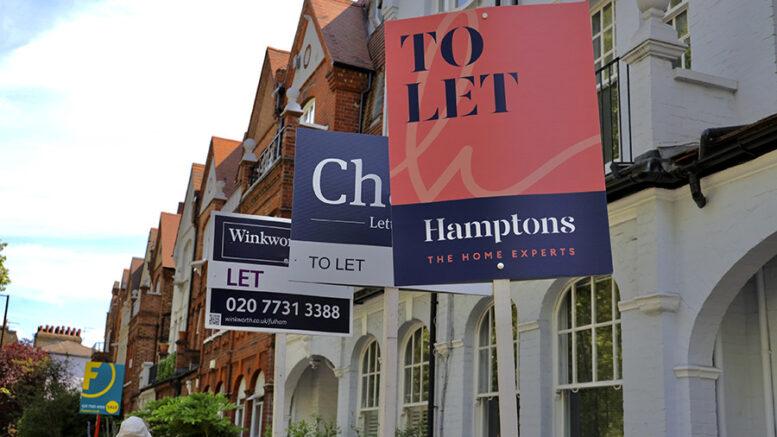The newest Rental Market Report released by Zoopla indicates that rental expenditure as a percentage of earnings has escalated to its highest point in a decade.
In a comprehensive analysis of the contemporary trends shaping the rental landscape, the report provides insight into the state of supply and the increasing number of landlords parting ways with the market. It also uncovers the initial indications of strain on renters’ capacity to meet these escalating costs.
According to the report, rental unaffordability in the UK is at its highest in ten years. Over the past 21 months, rent prices have risen faster than earnings, now making up 28.3% of average pre-tax income, compared to the decade average of 27%. Despite London having the priciest rents, consuming 40% of gross income, it remains beneath the peak of 43% seen in September 2015.
The report shows that rental affordability is currently at a 10-year nadir in seven out of twelve UK regions. Notably, rental growth is most pronounced in Edinburgh (13.7%), trailed by Manchester (13%), Glasgow (12.3%) and Southampton (10.7%). Zoopla predicts a deceleration in rental growth to approximately 8% by year’s end, which still surpasses earnings growth.
The supply of rental homes is not projected to improve. According to the report, a substantial increase in supply or a decline in demand is needed for rental costs to decrease. With the busiest lettings season (July to September) just around the corner and higher mortgage rates deterring first-time buyers, the prospect is unlikely. The current supply of rental homes remains 20-40% beneath pre-pandemic levels in most regions, intensifying competition among renters and driving rental growth.
The report also dispels the notion of a mass exodus of landlords, despite steady sales data showing private landlords selling up since 2018. There has been no change in the quantity of privately rented homes since 2016, owing to new investments made by corporate landlords and institutional investors. Zoopla’s data reveals that currently, 1 in 10 homes listed for sale was previously rented, and that higher borrowing costs are affecting landlords with mortgages, particularly in London and the South East which constitute half of all national landlord sales.
Richard Donnell, Executive Director at Zoopla, commented on the report, saying, “Renters continue to confront a relentless surge in rental prices, further augmenting broader cost of living pressures and complicating decisions about home moving, particularly for singles and lower-income individuals.”
He continued, “The chronic mismatch between supply and demand continues to propel rents upward, yet we anticipate that the growing stretch on affordability will begin to slow rental growth into 2024.”
Highlighting the existing challenges, Donnell added, “While there is concern over the impact of higher mortgage rates on landlords, renters have already shouldered a £2,820 per annum increase in rental costs over the past 5 years. There’s an increase in the number of renters finding it difficult to pay their rent due to these high costs.”
Dismissing the idea of a mass exodus of landlords, Donnell explained, “The real pressure of higher mortgage rates on landlords impacts the 20-30% with the highest loan to value mortgages. These landlords may need to inject extra capital when they refinance or opt to sell. Half of all landlord sales occur in London and the South East where yields are the lowest and the economics of being a landlord are the most challenging.”







